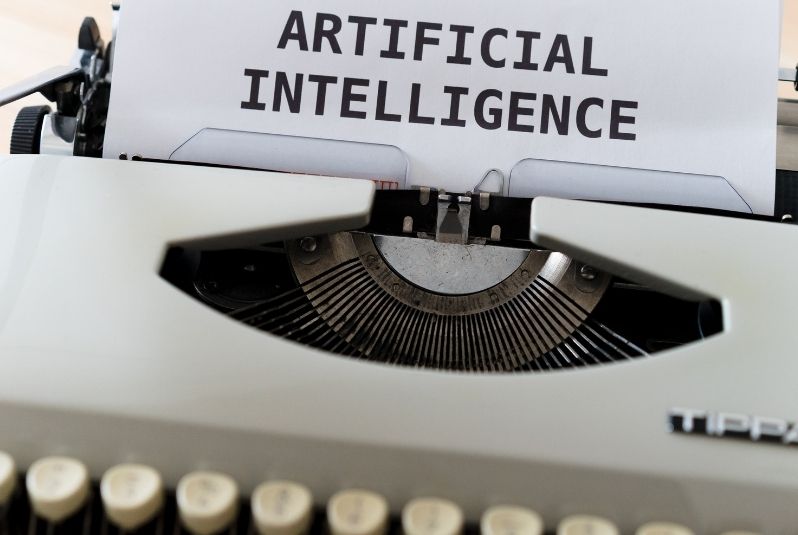The retail industry is that boundless sector which includes buying and selling practices of consumer goods, a variety of services are being offered to make a marketing chain involving only the retailer and an ultimate buyer, no middlemen.
The marketing chain gets affected by numerous factors such as varied sales channels, supply, and demand graphs, etc. The sole purpose of a retail business is to ease the process of buying and selling products that are manufactured by others, obtain them via a distributor, and bring forth those products to the end-user.
Retailers create a clear path for customers to connect and fulfill the purchasing process at a certain place, time, which remains definite and specific for the business. The prime benefit of having a retail business is that you have to just procure from diverse business groups and offer them to the market for sale.
The retail business enjoys monetary benefits from the end-user and incurs an investment price on strategizing marketing and advertising policies so they can provide important information to their target audience.
At last, these policies form the base by which retailers can get depth in their goods acquisition. An efficient retailing strategy ensures effectiveness in supplier transactions and helps build a better product image.
A strategic plan involves imperative commitments regarding the choice of product/service, location of the store, product acquisition, price setting, marketing techniques, after-sales services, etc. Keeping in mind every individual parameter, the retailers begin to create a shopping spot.
Retail In The Past Vs Modern Retail
Buying and selling goods and services go a long time back when it used to be known as the barter system. With time, the exchange of one good for another was replaced by the introduction of coinage, and it soon upgraded to modern money and other alternatives.
Peddlers and small retailers were used to roaming the streets to reach out to people who didn’t have critical challenges that today’s modern retailers face. A retailer’s prime focus has now been divided among countless elements that also include the E-commerce business.
With more and more people joining hands with online shopping platforms, it has become quite difficult for offline retailers to counter business challenges and retain their loyal customers with time.
The retail chain includes several parties, each plays an important role in justifying their significance in the market. The chain starts from the first component, which is the manufacturer of a product/service. It is crucial that the process of manufacturing and designing of products given ample time and effort so the result is beneficial.
With the introduction of advanced machinery and skillful labor, manufacturing units are capable of sustaining bigger and bulk production requirements, thus providing fewer probabilities of fall in supply. Once the production is done, the next step is for wholesalers/distributors to pick bulk quantities of products from those manufacturing units and offer them to individual retailers at reasonable costs.
Those bulk quantities are further sold in smaller amounts to the ultimate user. At this stage, retailers can fix a better charge and practically earn from the margin share. The end-user enjoys several benefits from buying directly from a retailer, such as ease of availability and trustworthiness.
Retail in the past was reliable on wholesalers and they used to rule and govern the working of retail business since the latter didn’t have the potential to store goods. But the modern-day retailers have gained ownership of the products they are willing to offer by shipping and storing them in their warehouses, huge containers that have the potential to hold sufficient stock.
Understanding the customer’s perspective also helps a retailer to offer the right type of product at the right time, to the right audience. By doing so, they eliminate the probability of negation and customers tend to buy what they desire.
AI In Retail- Attributes, and Importance
Artificial Intelligence or AI, which is used to anticipate behavioral trends and set accurate growth parameters in retail helps a business to take most of its operational decisions quickly and practically. AI can actually drive a business to take an efficient step towards bringing new products to the market and process something that their target audience would be interested in.
Artificial Intelligence uses practical methodologies and ways to predict customer needs and expected shifts in terms of product favoritism, brand fondness, etc. These factors are taken into consideration to prepare critical informational graphs and help a retail business to take its next data-driven move. It is quite obvious that customer trends and data related to market conditions are enormous, thus AI filters it out for your business and provides refined behavioral representations, action-reaction models on which you can straight away focus and comprehend your target audience. These insights become possible because of AI application, which acts manually or by self, to continue providing analytical solutions to retail business. Information such as customer recurrence, choosing a particular brand’s product over time, market demographics are dealt with precision and worked upon to improve customer service and maintain better relations with them.
The following are some of the ways retail businesses can use AI:
- Inventory Monitoring: Retail includes the provision of products that your customer wants, this is known as a standard operational step. However, with the help of AI, your business can literally forecast the approx need of products your business should keep a stock of. It also allows businesses to study market situations and make necessary changes as per the need of the hour, be it in advertising, pricing, etc.
- Effective Tailored Approach: Many times a business interacts with the same customer that later becomes a recurrent target audience. AI helps gather information about such customers and analyze their purchasing behavior so you can use a tailored marketing approach to cater to the problems.
- Guiding Through Purchasing Process: As there might come a step in the purchasing process that your customer isn’t familiar with or needs instructions to proceed. Your retail business can take advantage of technological advancements and put tech-agents on the platform that help the customer to proceed step-by-step. This also boosts customer morale and brings a sense of courage, so they can feel confident while coming on to your retail platform the next time.
- Dynamic Chat Support: Chat and bot assistants are automated support agents that boost customer service and engage them by answering their questions on live chat sessions. With the help of an effective chat support system, your retail business can answer your customer’s queries, without relying on a manual agent to sit and proactively send responses. Personalized yet automated responses that are saved in the database can resolve customer queries and provide useful feedback that let’s take future business decisions.
AI in the marketing and retail industry has been held responsible for increasing the overall business performance in the long-run. With captivating potential customers and the present target audience to engage with the product line and generating leads/insights from those purchasing patterns, AI technology has contributed a lot to a seamless shopping time.
Now, if you’d like to know more about the technological advancements that are driving the world into a better age, check out our blog! Saffron Tech has been in the domain for over 12 years and caters to the diverse and dynamic tech needs of all businesses. We channelize our experience in creating informational blogs for our readers to get an insight into the ever-evolving tech space.
Subscribe to Saffron Tech
Explore your marketing zen with our newsletter! Subscribe now.




